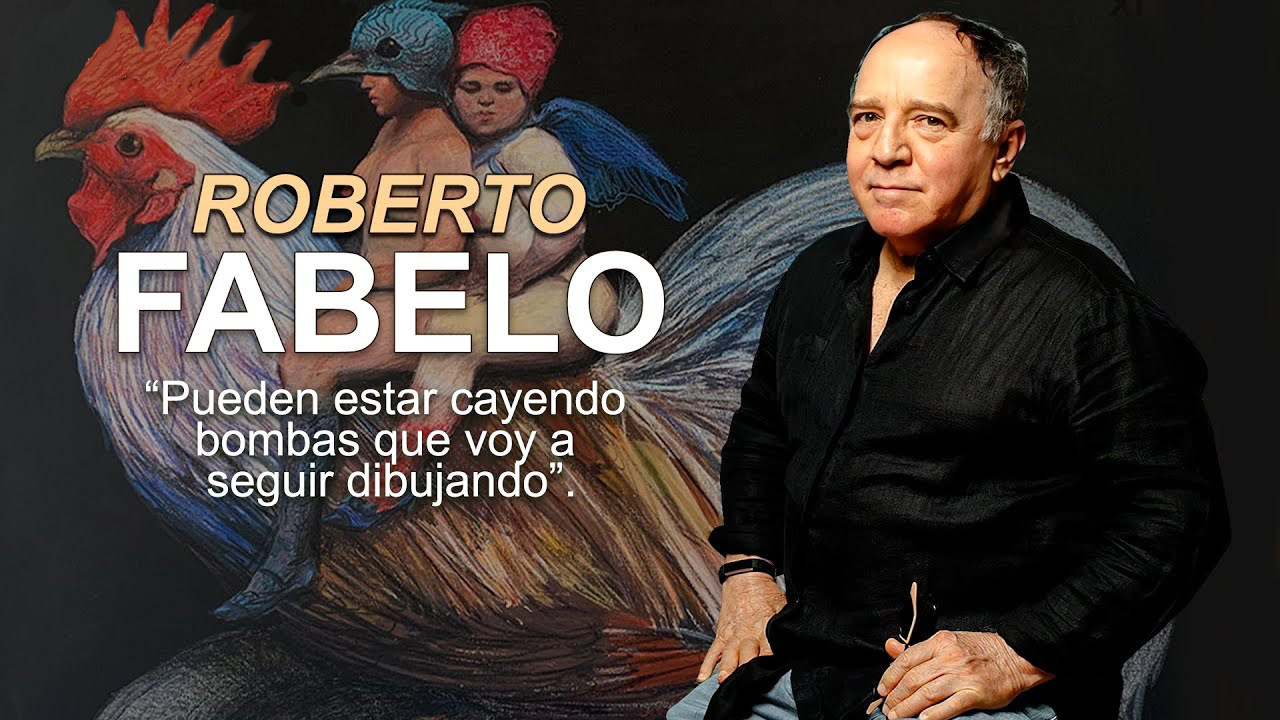“Fabelo’s technical mastery is self-evident—he is the master of every medium he touches—and so is his morbidity.”
Donald Kuspit
(Kuspit is one of America’s most distinguished art critics.)
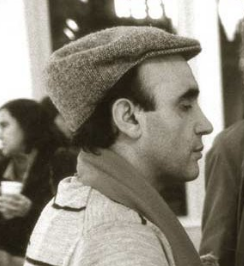
Painter, cartoonist, engraver, illustrator and sculptor, he was born in Guáimaro, Cuba, on January 28, 1950. His childhood was spent in his hometown, where he constantly drew on different papers found anywhere.
The passion for drawing –or “graphomania”, as he calls it– originated at that time, and what began as a playful action gradually turned into a vice when he understood that any support was good to let his imagination flow. , conceiving strokes with pencil, charcoal, ink or any other medium. As the researcher, curator and art critic Llilian Llanes once said: “it seems that he came into the world with a pencil in his hand”.

After his primary studies, Fabelo traveled to Havana in search of academic training at the National School of Art (ENA) between 1967 and 1972, to which he would continue at the Higher Institute of Art (ISA), also in Havana, where he graduated in 1981 after another five years of study. In this educational center of higher studies he worked as a professor for several years. Although the artist has taught at the three levels of education.
He belonged to the first generation of graduates of the ENA in the 1970s (on one occasion described as the “generation of certain hope”) and to that of the ISA in the 1980s, moments in which he gained notable visibility on the artistic scene. Since then he has developed a fruitful professional career that covers practically all manifestations of the visual arts.
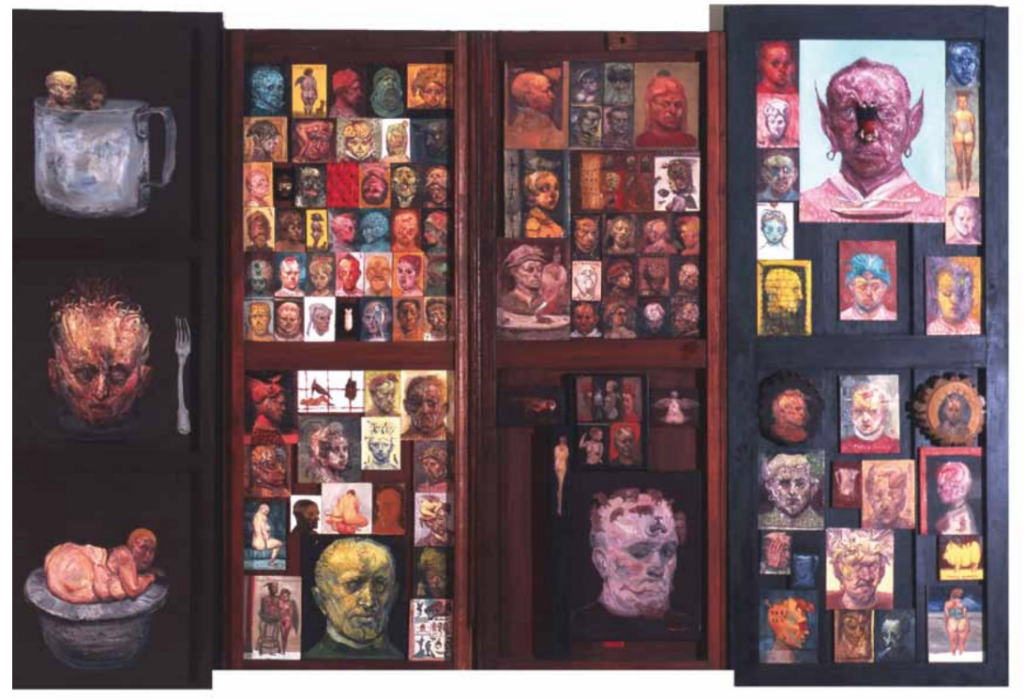
He has given conferences and has served as a jury in various visual arts competitions in Cuba and the world. He is a member of the Union of Writers and Artists of Cuba (UNEAC) and the International Association of Plastic Artists (AIAP). In 1996 he was selected UNESCO Prize for the Promotion of Plastic Arts in Paris, France; and since 2002 his Self-portrait is part of the permanent collection of the Galleria Degli Uffizi in Florence, Italy, home to one of the oldest and most famous art collections in the world.
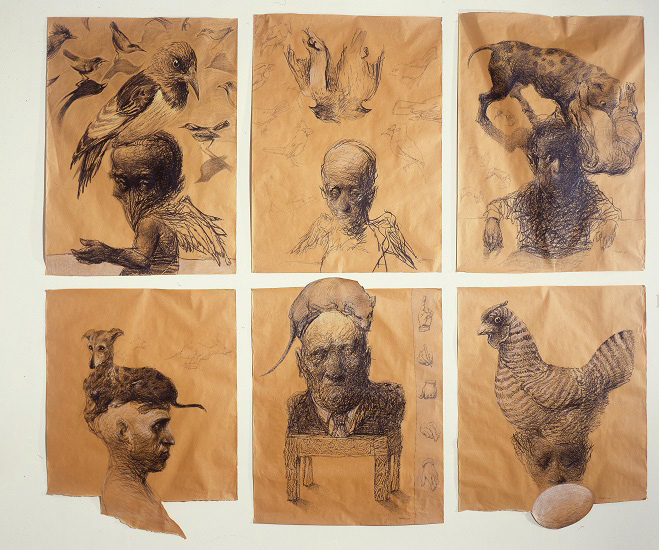
Fabelo has been awarded the National Prize for Plastic Arts, 2004, as well as the Distinction for National Culture, both granted by the Ministry of Culture of the Republic of Cuba. Likewise, Fabelo has been recognized with the Abel Santamaría Medal, the Alejo Carpentier Medal and the Juan Marinello Order, imposed by the Council of State of the Republic of Cuba.
He has also received the Commemorative Plaque for the 480th Anniversary of the Foundation of the Villa de San Cristóbal de La Habana and the Plaque of the City of the Community of Andalusia, Spain. In 2007, the rectory of the Superior Institute of Art of Havana granted him the special category of consulting professor. He also holds the Diploma of Artistic Merit from the Higher Institute of Art in Havana.
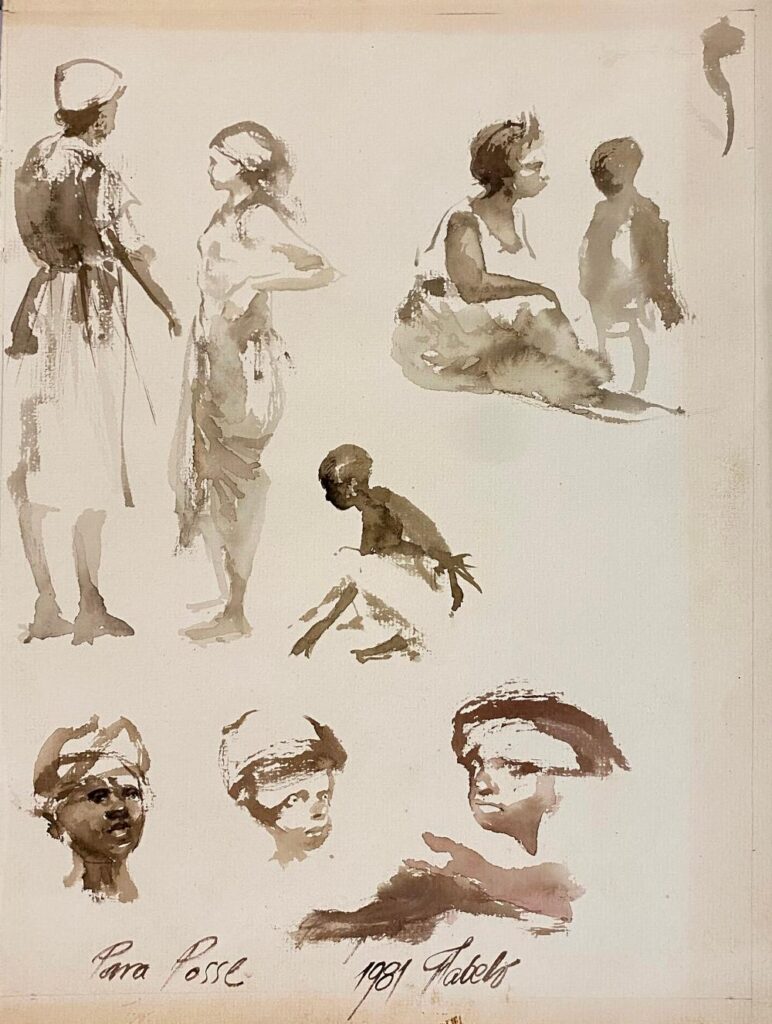
Among the more than twenty awards received throughout his career are the Acquisition Award III Triennial of Contemporary Art in New Delhi, India, 1978; the Drawing Prize at Intergraphik, Berlin, Germany; the Prize at the IX Drawing Exhibition, Rijeka, Yugoslavia; and the International Drawing Prize at the First Havana Biennial, all of these in 1984. The latter was obtained with Vital Fragments, about which Llilian Llanes has commented: “(…) it would surprise all of us who at that time had the privilege of see. Someday this piece will be recognized for its value within the History of Cuban Art. Because until then no other artist had transgressed in such a way a flat work in the national artistic sphere.” In 1993 Fabelo received the First Prize at the XI International Drawing Biennial in Cleveland, Great Britain; and in 1996 the First Prize in the I Ibero-American Watercolor Biennial, Viña del Mar, Chile.
Fabelo’s artwork often features bizarre and dreamlike imagery, combining elements of reality and fantasy. His works are characterized by meticulous attention to detail, vibrant colors, and intricate compositions. He often depicts fantastical creatures, anthropomorphic animals, and human figures in his paintings, drawings, and sculptures. Fabelo’s work is known for its rich symbolism and allegorical narratives, which often explore themes of identity, human condition, and the relationship between humans and nature.
Fabelo has exhibited his artwork in numerous solo and group exhibitions in Cuba and internationally, including in countries such as the United States, Spain, Italy, Mexico, and Canada. His artwork can be found in various public and private collections around the world, and he has received numerous awards and accolades for his contributions to the arts. Fabelo is also recognized for his work as an illustrator and has illustrated several books, including editions of classical literature.
In his latest exhibit, Roberto Fabelo showcases his skillful technique to create captivating art pieces that urge the audience to awaken from the man-made nightmares. Fabelo’s life-sized rhinoceros sculptures, each weighing approximately 350 pounds, intricately crafted to highlight our reliance on water and the hazards of neglecting this vital resource and the life it sustains. These animals require water to survive, and on average, a rhino can drink up to 72 liters per day. Sadly, poaching and habitat destruction have pushed this remarkable species to the brink of extinction. Today, only 30,000 rhinos remain in the wild, down from over 500,000 in the early 1900s. Fabelo adorns one of his rhinoceros sculptures with a vivid bow as a symbol of their significance as a precious gift from nature that we must treasure and protect.
The Conde Duque Cultural Center hosts in its exhibition halls (Hall 1) from February 15 to July 30 an exhibition that puts works by the Cuban artist Roberto Fabelo in dialogue with Goya’s engravings from the series “Los caprichos y los desastres de la Guerra” (The vagaries and disasters of war).
It combines the artistic worlds of Goya and Fabelo, multifaceted creators who share a great imagination.
In addition to his artistic endeavors, Fabelo has been involved in art education in Cuba and has served as a professor and mentor to young artists. He has also been an advocate for the preservation of Cuban cultural heritage and has been involved in conservation efforts to protect Cuba’s natural environment.
Roberto Fabelo’s artwork has earned him a reputation as one of Cuba’s most influential and accomplished contemporary artists, and his work continues to captivate audiences with its imaginative and thought-provoking imagery.
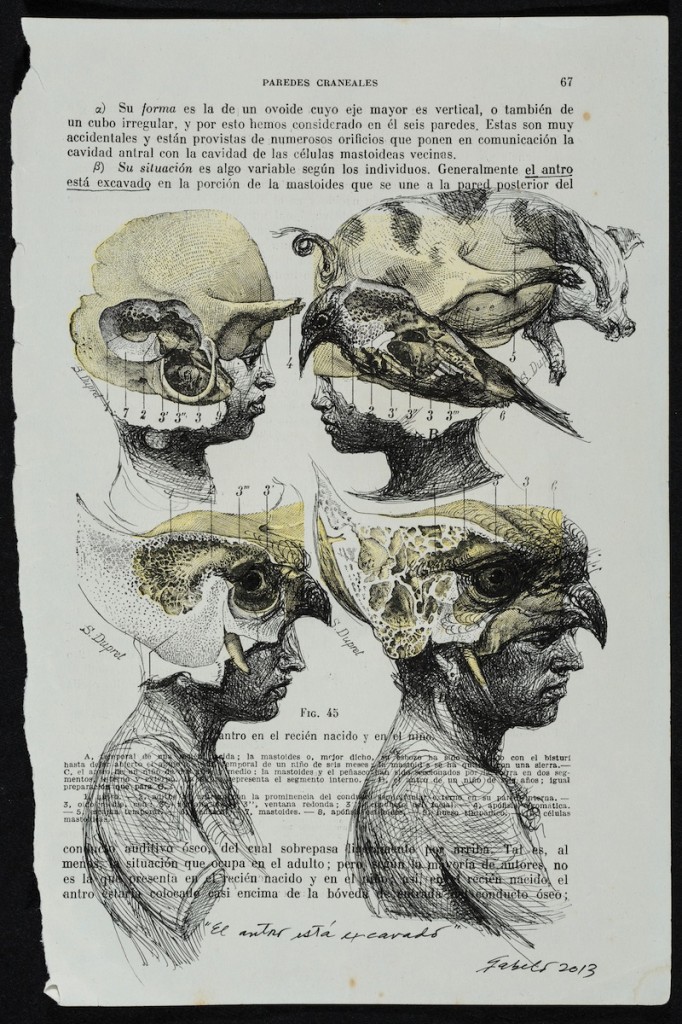
We have best direct connections to the artist and some of his artworks for sale. Ask us about it.
Go to Roberto Fabelo to see some examples of his works. Also go to Fabelo Auction Results so see the exponential increase of value.

